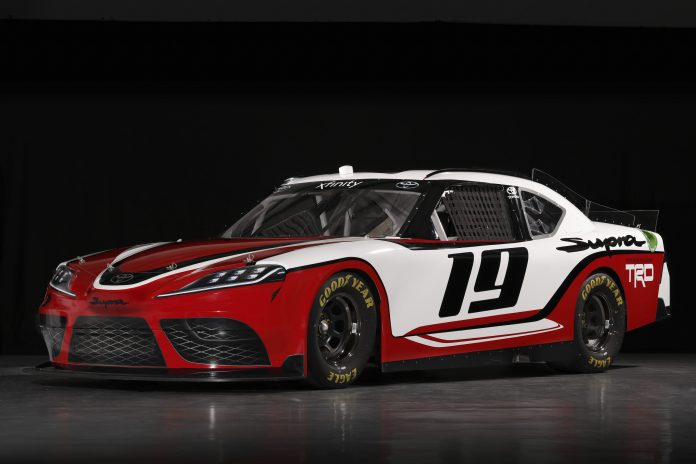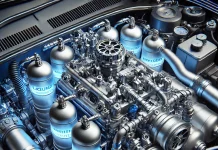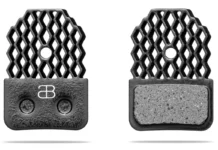NASCAR race cars have very little in common with street cars. Almost every detail of a NASCAR car is handmade. The bodies are built from flat sheet metal, the engines are assembled from a bare block and the frame is constructed from steel tubing.
The Frame
The front and rear sections of the frame, called the front clip and the rear clip, are built from thinner steel tubing so that they will crush when the car hits another car or a wall. In addition to being collapsible, the front clip is designed to push the engine out of the bottom of the car — rather than into the driver’s compartment — during an accident.
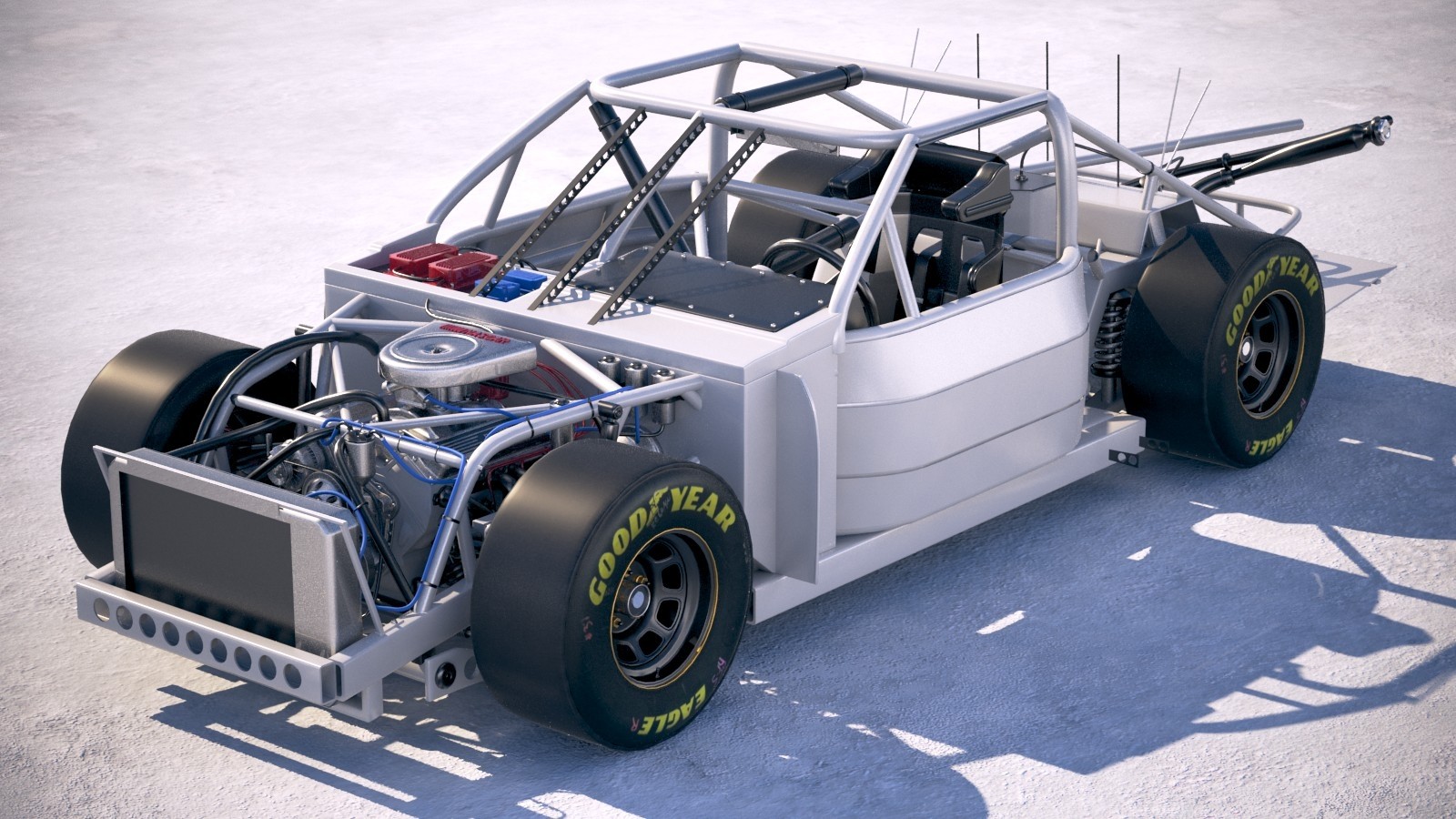
When the frame comes into the shop, the firewall (the metal panel separating the engine compartment from the driver’s compartment) and floor panels are welded in, along with various mounting brackets for things like the engine, suspension, seat, fuel cell and body.
The next step is building the body and installing it on the frame. This process is amazing — almost every part of the body is made by hand from flat sheet metal.
The Body
he shape of the car is mostly determined by NASCAR rules. These rules are encapsulated in a set of 30 templates, each shaped to fit a different contour of the car. For instance, the biggest template fits over the center of the car from front to back. When the template is laid on the car, the gap between the template and the car cannot exceed the specified tolerance.The templates actually allow a little leeway in the design of the car. Because 30 templates are not enough to cover every inch of the body, some areas between template locations are not strictly controlled by NASCAR.
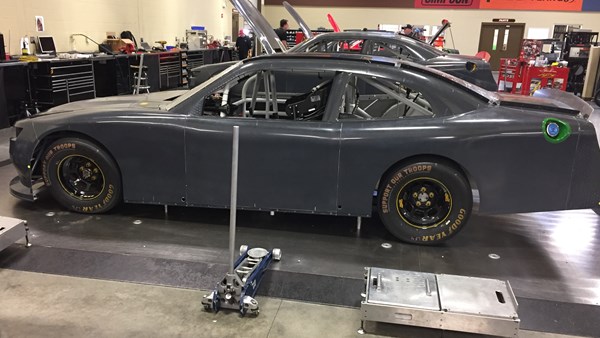
The construction of one of these cars has nothing in common with how a street car is made. With the exception of the roof, hood and deck lid, all of the body panels are made by trimming and then hand-rolling flat sheet metal between the rollers of an English wheel, which slowly bends and curves the metal until the contour matches the templates and fits on the car.
Not all of the cars are built to the same specifications. Some cars are dedicated short-track cars, and others are dedicated super-speedway cars. There are some major differences between the two types.
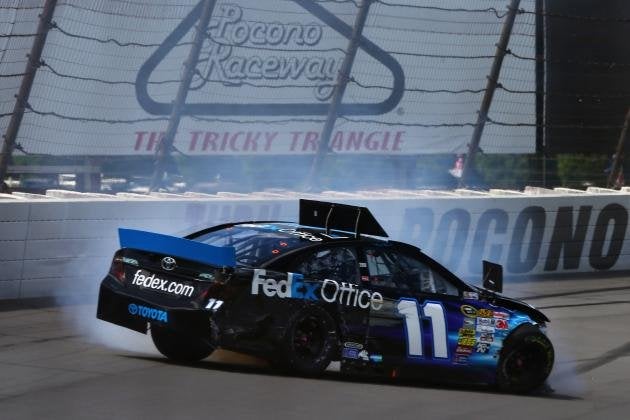
The roof of a NASCAR race car has a safety device to keep the car from flipping. If the car goes into a spin, flaps in the roof deploy. These flaps change the shape of the car and eliminate any lift that is being generated.
The Right Body for the Track
NASCAR teams build two types of cars. They build cars for the short tracks, like Bristol Motor Speedway in Tennessee, where top speeds are lower and turns are tighter. They also build cars for the super-speedways, like Talladega in Alabama, where top speeds are higher but engine power is limited.
The Engine
The engine in the NASCAR race car is probably the most crucial component. It has to make huge amounts of power for hours on end, without any failures.
You might think that these NASCAR engines have nothing in common with the engine in your car. What we learned was a little surprising: These engines actually share many features with street-car engines.
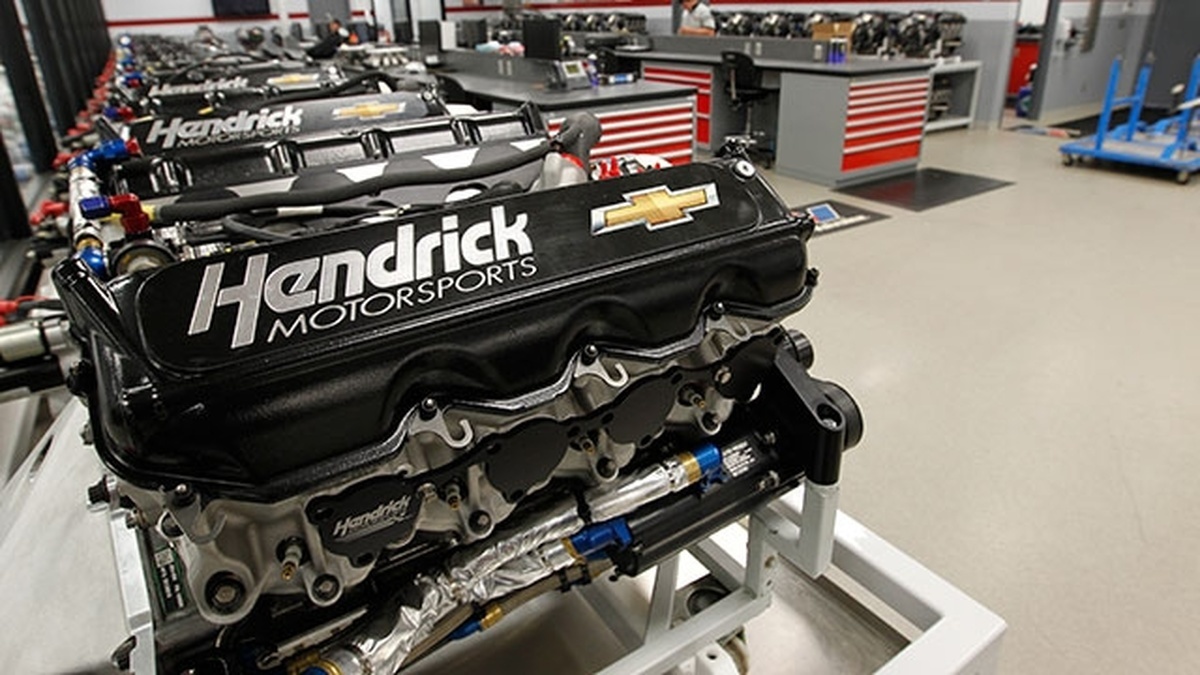
The actual engine blocks and heads are not made from the original tooling. They are custom-made race-engine blocks, but they do have some things in common with the original engines. They have the same cylinder bore centerlines, the same number of cylinders and they start out at the same size (they get a little bigger during the building process).
The Tires
Like the tires on your car, NASCAR tires are radial tires, but that is about the only similarity. The tires on a NASCAR race car have some very special requirements. They have to remain stable at very high temperatures and speeds, provide incredible traction and be changed very quickly.Most of the teams remove the air from the tires and replace it with nitrogen. Compressed nitrogen contains less moisture than compressed air. When the tire heats up, moisture in the tire vaporizes and expands, causing the pressure inside the tire to increase. Even small changes in tire pressure can noticeably affect the handling of the car. By using nitrogen instead of air, the teams have more control over how much the pressure will increase when the tires heat up.
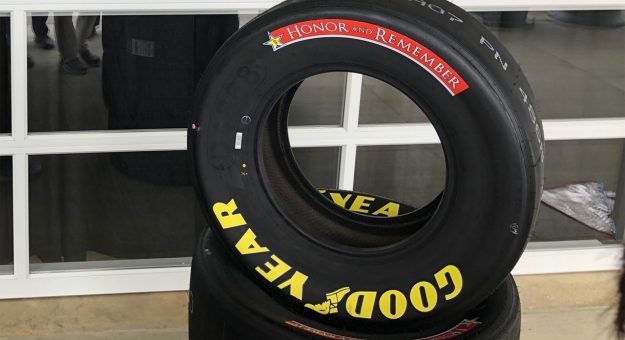
Inner and Outer tires
On tracks that are more than 1 mile (1.6 km) long, where speeds are faster, NASCAR rules require that tires contain an inner liner. This is essentially a second tire mounted inside the first tire. It mounts to the rim and has its own separate air supply. If the outer tire blows, the inner tire is still intact, allowing the driver to bring the car to a controlled stop.
read more here


